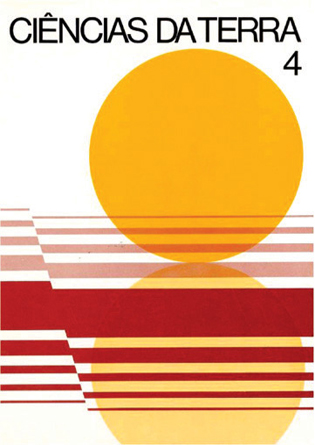Les Hipparion du Portugal
Abstract
Key-words: Hipparion - Upper Miocene - Ribatejo (Portugal)Stratigraphy (synthesis) - Age - Correlation This paper is concerned with Hipparion from Ribatejo, Portugal, and with the stratigraphy of the Neogene series of this region. The first two chapters are an introduction and an historical review. Paleontological study includes both a revision of the specimens accounted by ROMAN (1907) and the description of new material. Two forms were recognized, an early H. cf. primigenium. lower Vallesian in age, NM 9 mammal unit (from Archino, Vila Nova da Rainha, Aveiras de Cima), and a more advanced H. primigenium cf. melendezi. Upper Vallesian. NM 10 (possibly lowermost Turolian, NM 11) (at Azambujeira and Marmeleira). A synthesis of Middle and Upper Miocene from Ribatejo is also presented. Levels with H. p. cf. melendezi are somewhat older than "Upper Pontian», as it was previously acknowledged, they attain at the best the lowermost Turolian (approximately corresponding to "Upper Pontian»). Even higher levels may be Turolian in age, though they are not yet accurately dated. Almost ail the localities are shown (tableau Il) according to its stratigraphical position; age, correspondance to mammal units from NM 5 to NM 10 (and may be also from NM Il to NM 12), and correlation with marine formations near Lisbon are also taken in account. The stratigraphical position of localities such as Pôvoa de Santarém Quinta do Marmelal, Pero Filho, Azambujeira (Iower levels), and Font; do Pinheiro was revised; the stratigraphical position of Marmeleira was ascertained. The localities so far known correspond to NM 5 (?), NM 6, NM 8, NM 9, NM 10 and possibly to NM Il and NM 12. A new Interpretation (M. T. ANTUNES) of localities with oysters from Ribatejo allows a better correlation with vertebrate localities. Relationships with Serravallian transgression seem weil established. Only two localities, Vila Nova da Rainha and Foz do Alviela, may possibly be correlated to V-b division of Lisbon (Langhian) with «Hispanotherium fauna». Ali the other localities are younger than Serravallian oyster beds. Undirect correlation shows that NM 6 localities are somewhat younger than the apogee of Serravallian transgression (corresponding approximately to B1ow's N 11 to N 13 zones based on planctonic foraminifera).Downloads
Published
2008-07-30
Issue
Section
Articles






